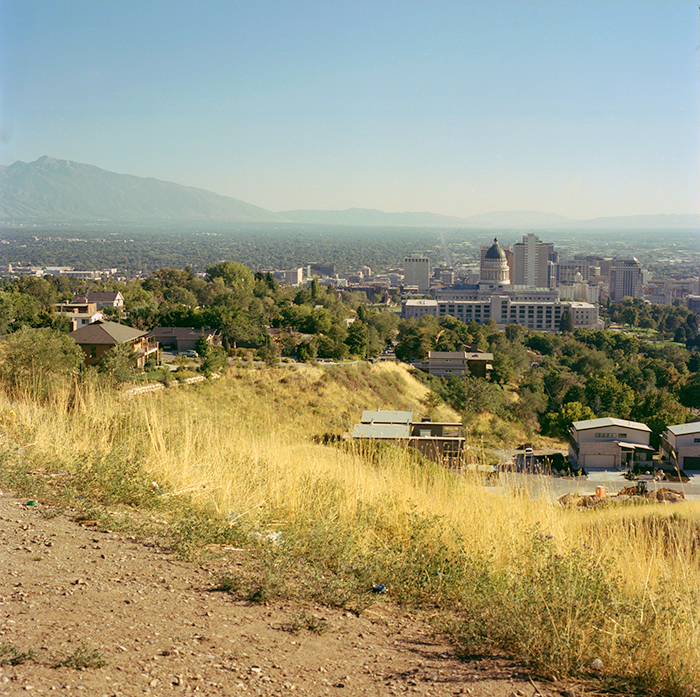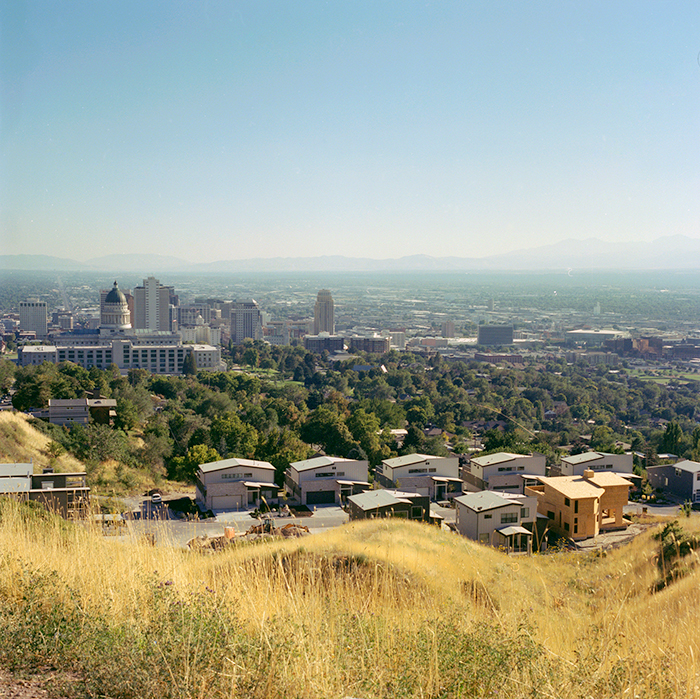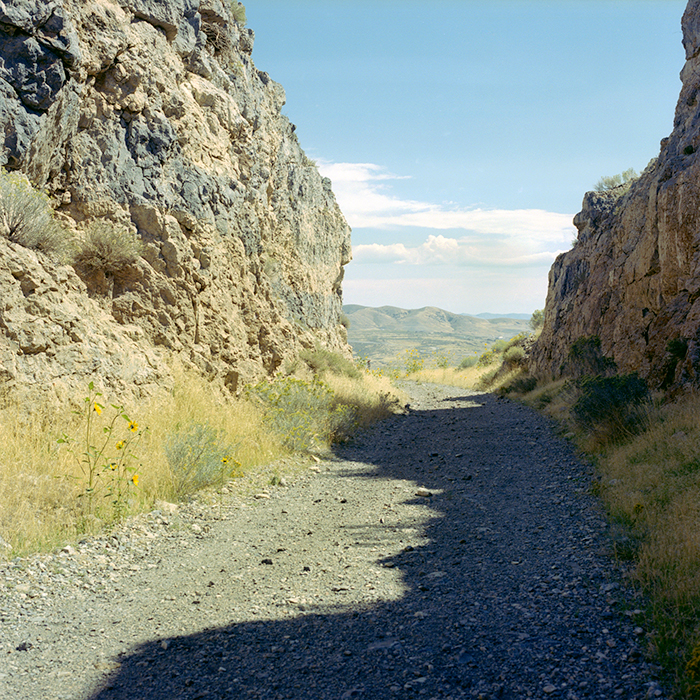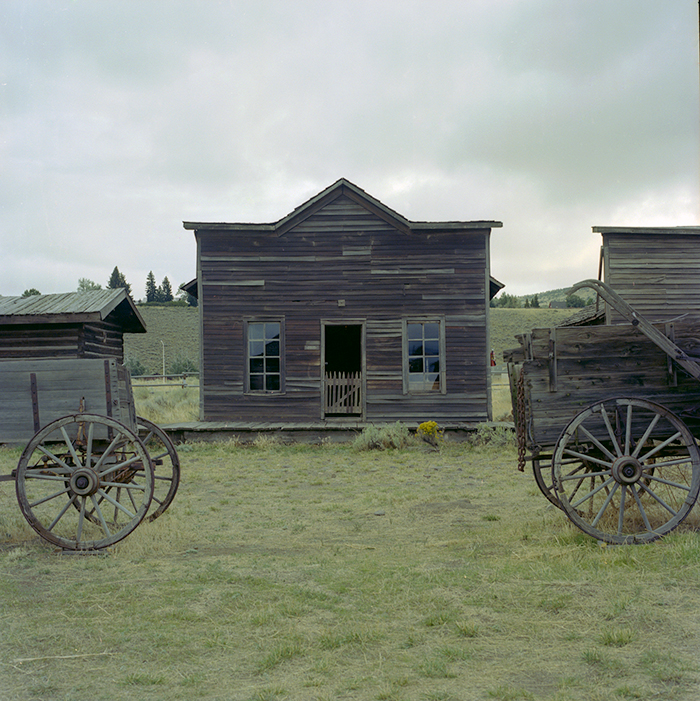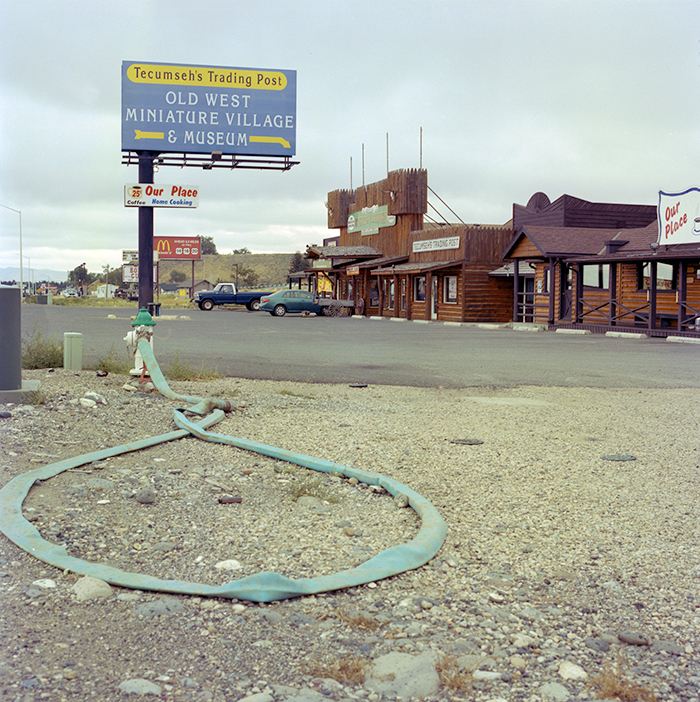Living the frontier.Emanuele Piccardo
|
The epic of the frontier was a crucial logic of the construction of the American landscape. However, the aesthetic implications of the frontier and exploratory expeditions were devised intellectually and culturally only thanks to the land and gold rush, the new means of transportation and the early buildings and settlements. In his famous Frontier Thesis (1893) Frederick Jackson Turner wrote: “The frontier is the line of most rapid and effective Americanization. But what is exactly the frontier legacy in the making of the American landscape? In 2014 I explored frontier conditions in Utah, Idaho and Wyoming ending my trip in Yellowstone National Park. Yellowstone, Salt Lake City and Cody became the subject of my photographic research. The frontier, like Turner’s thinking, has changed. There are traces of the American frontier in the Great Salt Lake, where the artist Robert Smithson made his famous Spiral Jetty, in Yellowstone, where one can camp out in the wilderness, away from the tourist roads. At times the frontier is also an exhibit and a testimony of itself the Old Trail Town in Cody, where Buffalo Bill and his associates had chosen for the first town site of “Cody City” in 1895. The Old Trail Town collection now consists of 26 buildings, which date from 1879 to 1901, one hundred horse drawn vehicles, an extensive collection of memorabilia from the Wyoming frontier and authentic Indian artifacts. In fact, I would like to suggest that the most important aspect in the conquest of the West is the frontier traced by the railway track: from the beginning, the railway has allowed thousands of pilgrims to find their freedom. Today at Promontory Point in Utah, where Central Pacific and Union Pacific met together, the landscape completely changed: rock cuts remain to characterized the scenario because of there is a new railway track.Just photography can be able to reorganize the landscape fragments making a new iconography. Living the frontier explores the different contemporary meanings of the frontier through photography. The frontier has permitted, with its vastity also the construction of new visions, at first pictorial and latter photographic. There is a strong coincidence between the pioneers who conquered the West and photographers. In fact early pioneers of landscape photography such as O’ Sullivan, Jackson, Watkins, photographed the American scene as frontier man. Objective The primary objective is to build a new vision of the frontier, the secondary objective and preliminary to the previous one, is to enable a discussion on the representation of the landscape of the frontier through photography. |
